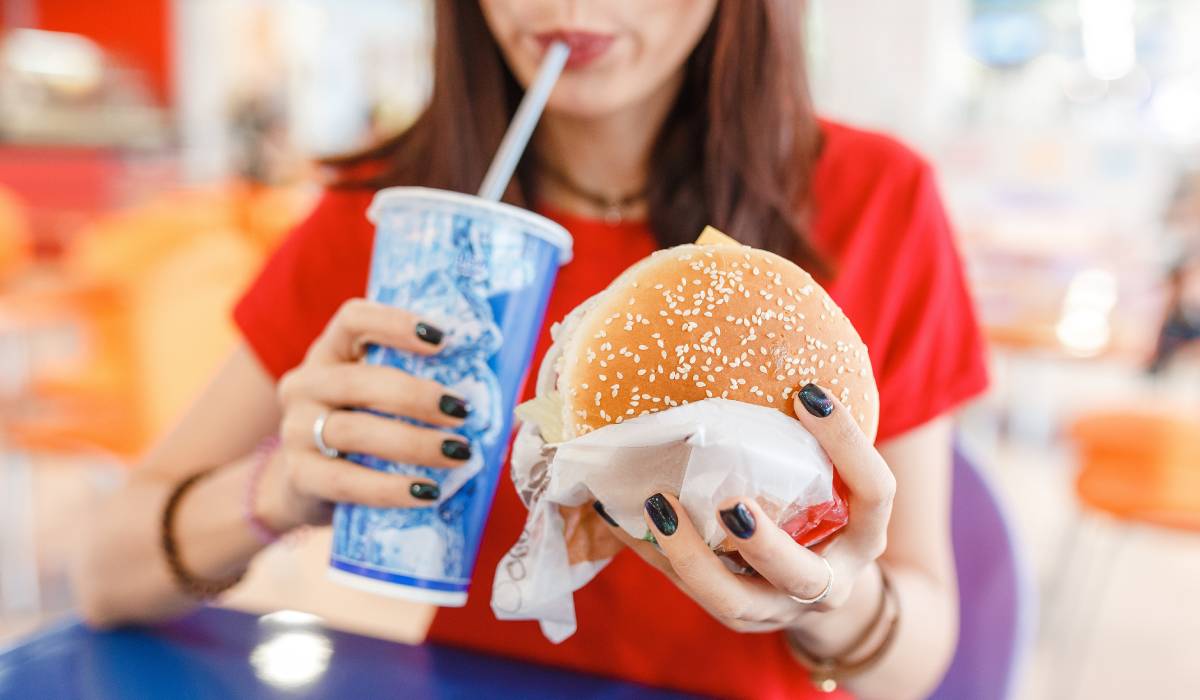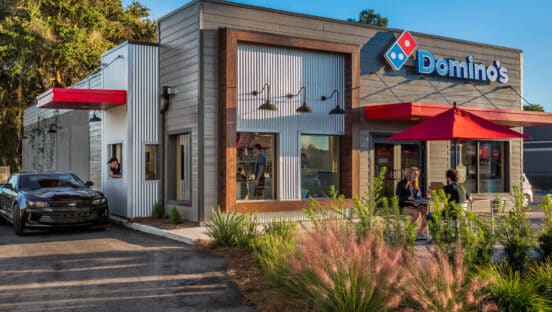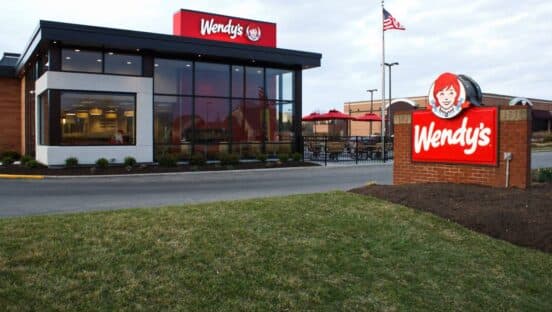Against the backdrop of rising prices and staffing challenges, guest satisfaction has become a rocky line for restaurants to track. Merchant Centric, an online reputation management and data analytics solution provider, found a steady decline in overall response of late, driven by a host of factors.
“Staff demeanor” and “timeliness” among them, as well as fast casual’s effort to recalibrate alongside dine-in returns.
As always, however, there are leaders and chasers emerging. Merchant Centric’s Restaurant Industry Guest Satisfaction & Opinions Report analyzed satisfaction trends throughout 2021 and identified brands at the front and back of the field.
QSR caught up with co-founder Adam Leff to discuss some of the findings and where the consumer is taking restaurants as summer approaches.
Let’s start with your background. Tell us about your role and what Merchant Centric does.
I’m the co-founder and chief strategy officer at Merchant Centric. Merchant Centric is a leading reputation management and analytics company for the hospitality industry.
Firstly, what would you say was the most surprising data point/trend to emerge from the report?
Seeing the restaurant industry’s guest satisfaction recover for many months after COVID first hit in 2020, and then the continued recovery into the first quarter of 2021. It was surprising to see the subsequent steady decline in guest satisfaction starting in March 2021 through the remainder of most of the year.
Given all of the price hikes at hand, how delicate is this consumer satisfaction equation right now? And is there evidence it’s starting to get stress tested a bit, perhaps due to labor shortages?
The price/value equation has definitely been stress-tested in the past two years. This is one of the key themes we measure in the report. When we look at the change in the mention rate for praise versus complaints for price/value, we see that the complaint rate has stayed fairly constant, while praise has declined. I believe this indicates that guests largely understand the reasoning for price increases, and as such are less inclined to complain … but what they are doing is praising pricing/value a lot less.

What else might you credit to seeing all six restaurant segments decline in guest satisfaction?
A key factor we believe is impacting the decline in guest satisfaction is the dramatic increase in review velocity, which indicates that there was a pent up demand that descended upon the industry in 2021. This can be considered a positive from a revenue perspective, but from being able to service these guests with the same level of excellence … it has become a real challenge. Many brands experienced an influx of clients while they were simultaneously experiencing significant new operational protocols and staffing challenges. From the guest feedback, we see that complaints about staff demeanor have increased, indicating that understaffing is stretching resources and frustrating staff, while guests become less tolerant of negative behavior. I should add that we see some brands still managing staff demeanor very well and faring better in terms of guest satisfaction. Unsurprisingly, we believe that will translate into greater sales and possibly allow them to take away business from other brands that are not able to manage this challenge as well.
Why was this most pronounced in fast casual?
The fast casual segment holds the promise of better quality, made-to-order food and possibly greater service than the quick service segment. So looking again at the data, we see that timeliness complaints increased significantly as guest satisfaction declined. We believe that the fast casual was hit harder by pent up demand and suffered in key areas like timeliness, which drove down their guest satisfaction ratings. Casual and fine dining managed these same challenges better, perhaps with tips received more often in these segments than fast casual, helping to keep and motivate staff more than at Fast Casual brands.
What’s driving the performance of emerging over established brands, in terms of guest response?
We found it interesting that emerging brands in every segment, except for fine dining, have higher guest satisfaction than their corresponding segments of established brands. We believe that smaller enterprises like the emerging brands were able to differentiate their offering, which is easier to do in less complex segments. For instance, it may be easier to differentiate a smaller quick-service offering than say a casual-dining offering, which typically requires greater investment in menu selection, supply chain, facility and staffing. So, the guest satisfaction advantage diminishes as the Segments become more complex. Finally, it flips when you get to fine dining where the capital investment required can make differentiation more difficult for emerging brands than for the established brands in this segment.
According to your report, what do guests want most and least from restaurants at this turn in the recovery? Do these feel like transitory reactions, or are these new expectations that are going to last?
Interestingly, just being able to operate when other restaurants were not was a significant differentiator in 2020 and parts of 2021. Even with lower guest satisfaction ratings, we saw many brands increase sales because they could operate … and a big part of operating during these periods was off-premises dining. It will be interesting to see how long it will be before this becomes less of a factor, and when guest satisfaction will return as the determinant driver for loyalty and increased sales. Looking at the trends in key themes we measure, I would say that delivering quality and flavorful food is what guests want, and they have shown a willingness to accept higher prices for this.
We see some breakout brands taking advantage of this and if they can address the staffing necessary for their growth, I believe you will see some significant unit growth for these brands. For established brands, there has already been some fallout with closures. I think we will see these brands focus on their top performing locations and replicate across the entire enterprise what they do best in order to return to previous AUVs. All of that said, with talk of a recession on the horizon, all bets may be off if consumers pull back on spending and decide that prices they have been accepting are no longer palatable.
Speaking to specific categories, what were some fine dining and casual trends to emerge?
In the report, you will see that the fine-dining segment fared the best in terms of guest satisfaction—down only 2 basis points on average. While seeing some decline, dine dining outperformed all other segments. This could be because key themes challenging the industry have always been a focus of fine dining, such as staff demeanor. Similarly, and at a larger scale, given the many more casual dining locations, we see this segment also doing quite well—down only 5 basis points versus double that for the industry. Additionally, both fine- and casual-dining segments stayed above the crucial 4-star rating hurdle.
With casual in particular, how does that category need to evolve coming out of COVID? It’s had challenges over recent years, even pre-pandemic, standing out from a middle ground of sorts. Could there be an opportunity here to lead with experience over some other segments?
Yes! We believe that pent up demand (indicated by the big increase in reviews) along with what guests indicate is important (indicated by the key themes analyzed) presents an opportunity for casual dining. Guests want the experience of high quality and flavorful food served by friendly and attentive staff. While all restaurant segments can address this, and recognizing of course that there are other key themes, casual-dining restaurants can specifically benefit from the impact of higher-touch staff engagement. If they can differentiate experience on these two key themes—quality/flavor of food along with staff demeanor and dedication—they may benefit from higher guest satisfaction for greater comp sales.
Which concepts stood out in the report? Which need to play catch-up?
Based on the data we analyzed, there are a number of standout leaders in guest satisfaction. In the report you will see some familiar names you would expect, so I will mention some here you may know or not. A few regional or super regional brands that stand out as leaders include Culver’s and Runza, both doing quite well in the quick-service segment. Chicken Salad Chick, Mooyah, Aladdin’s, and Velvet Taco are all doing exceptionally well in the fast casual segment. In the casual dining segment, Mission BBQ, Duffy’s Sports Grill and Twin Peaks all fared very strong.
Lastly, what’s a trend we’ll be talking about a year from now?
Complaints about quality/flavor have increased while praise for overall Food has declined, so I believe guests will be looking for more quality food options that may be delivered by ghost brands—essentially new concepts with no dine-in physical location. Ghost kitchens can operate in existing kitchens as new delivery brands, thus reducing the traditional cost of trialing new concepts. How ghost kitchens succeed or fail will definitely be a trend we continue to talk about.







